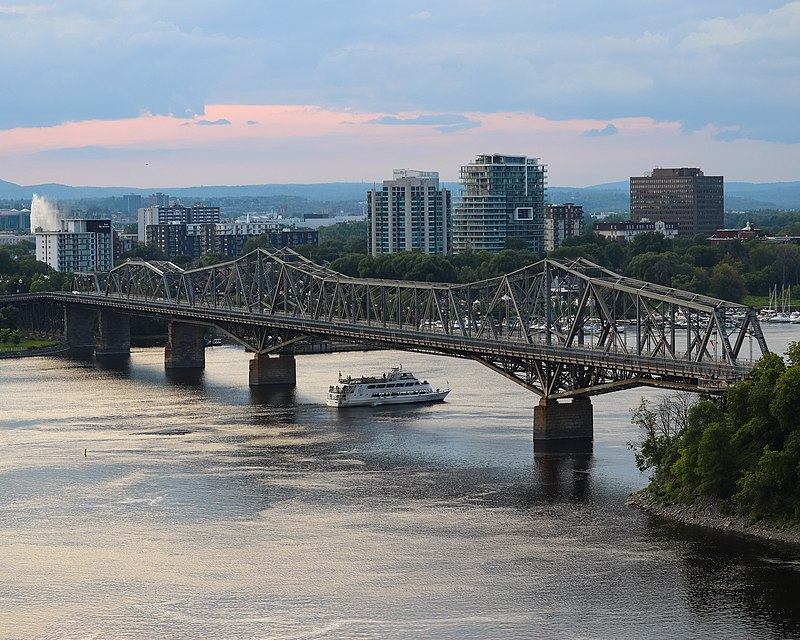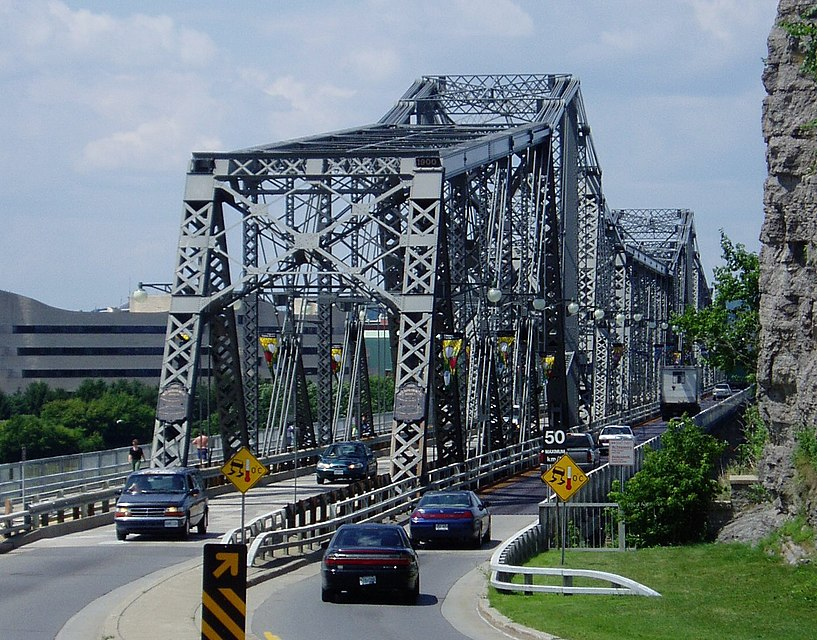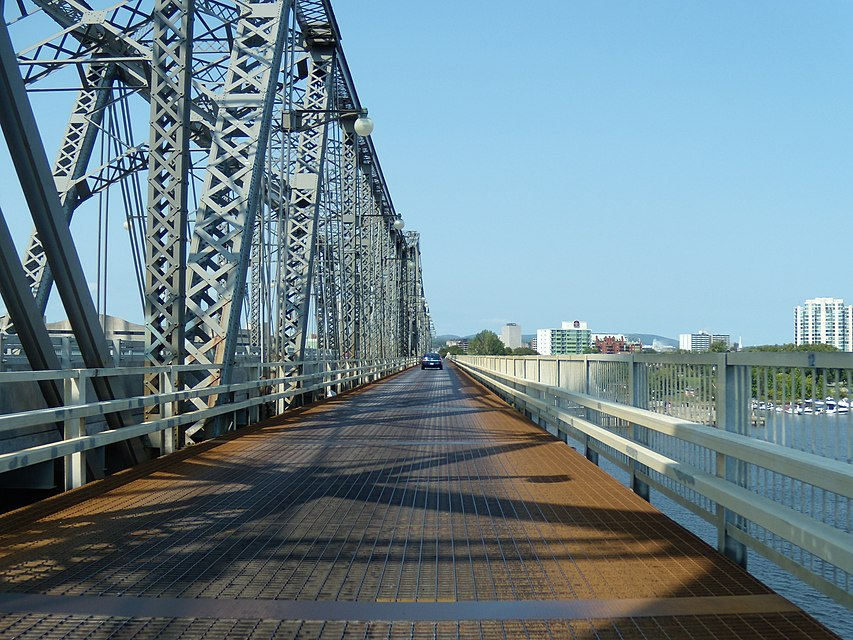In Ottawa, back in the 19th century, the enormous Alexandra Bridge was built. It was intended for both transport, pedestrians and cycling. Ottawa’s Alexandra Bridge is considered a veritable heritage site across Canada. Read more at ottawa-future.com.
History of the Alexandra Bridge construction

The construction of the enormous Alexandra Bridge in Ottawa went on between 1898 and 1900. It was an easy thing to build that bridge. The most challenging construction phase lasted from the winter of 1899 to 1900. It was an extremely cold winter in the capital city of Ottawa then, requiring workers to work around the clock to build the Alexander Bridge. They were breaking ice on the Ottawa River so that barges could come up the river, without which further bridge construction would have been impossible. As a result of the abnormally cold winter, progress on the bridge was continually delayed. By the fall of 1900, only four bridge spans were complete.
The Alexandra Bridge was gigantic and unique at the beginning of the 20th century. After all, the main cantilever span of the bridge at that time was the longest among all the bridges that were in Canada. It was also the fourth longest bridge in the world.
In the fall of 1900, a test run of a locomotive was made across Alexandra Bridge. As early as the beginning of 1901, the Alexandra Bridge was commissioned. Originally this bridge was named the Interprovincial Bridge, but almost a year later, it was renamed in honor of Queen Alexandra.
Bridge location in Ottawa

The Alexandra Bridge passes over the Ottawa River and lies near Parliament Hill at Nepean Point. The original plan for the Interprovincial Bridge implied that it would carry a railway service. But in addition to the railway connection, there was a city trolleybus route across the Alexandra Bridge going from Canada’s capital to Hull.
In 1946, a large-scale fire broke out on the Alexandra Bridge. After severe damage, trolleybus traffic on the bridge could not be restored.
In the late 1950s and early 1960s, the Ottawa government set out to substantially modernize the old Alexandra Bridge, making it accessible to pedestrians and motor vehicles. Such changes in the bridge’s exterior were because the Ottawa Union Station was permanently closed in the mid-20th century. In 1966, the last train passed over the Alexandra Bridge. After that, the railroad tracks of the bridge were permanently removed, with a new highway built in their place.
Notorious murder on the Alexandra Bridge

In 1989, one of the restaurant waitstaff at the famous Château Laurier hotel in Ottawa, Alain Brosseau, was returning, as usual, late at night to his home in Hull. His way home did not portend trouble in any way. As usual, he walked through the city’s Majors Hill homosexual park to the Alexandra Bridge to get to Hull. As usual, he walked through the city’s Majors Hill Park, popular among gay people, toward the Alexandra Bridge, making his way to Hull. That day six robbers in the park were there, deliberately waiting for some gay person to beat him up and rob them. Alain Brosseau was not a gay guy, he was just walking home through that park, but a group of maniacs assumed he was one of them. As Alain Brousseau was leaving Majors Hill Park and walking up the Alexandra Bridge, the same group of maniacs attacked him. They beat him half to death, then robbed him and threw his body off an Ottawa bridge. Alex Brosseau instantly crashed into the rocks that emerged from the Ottawa River. His murderers were soon caught and sentenced to life imprisonment.
The century-old Alexandra Bridge in Ottawa was recognized as a Canadian heritage site as early as 1995.